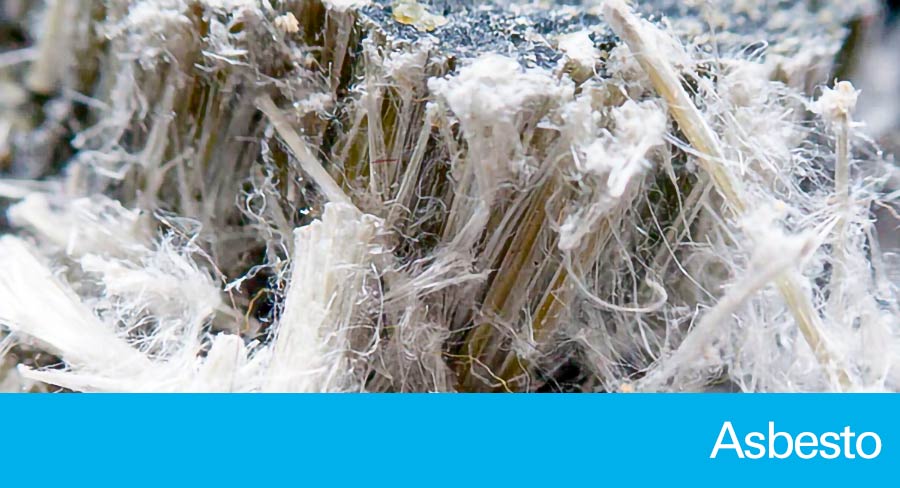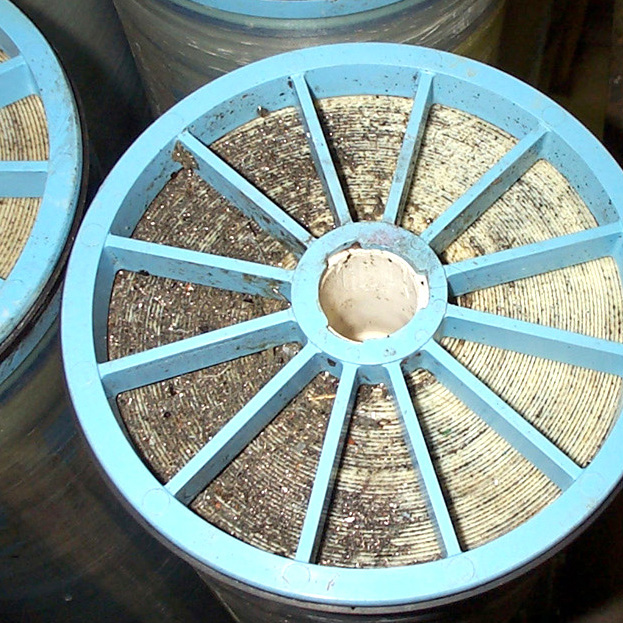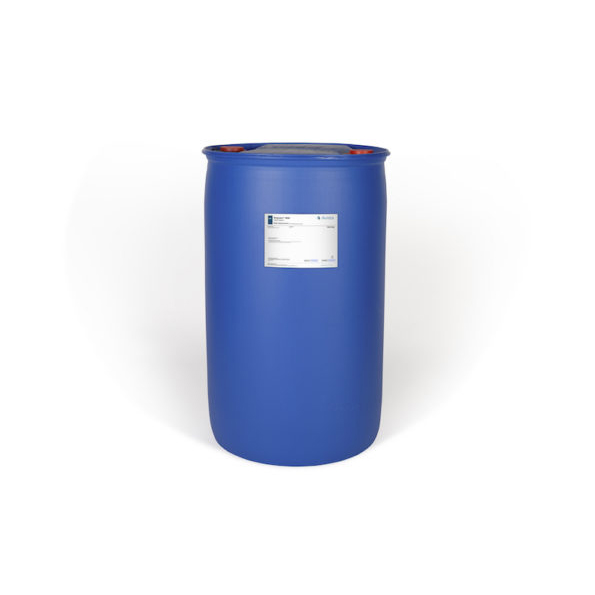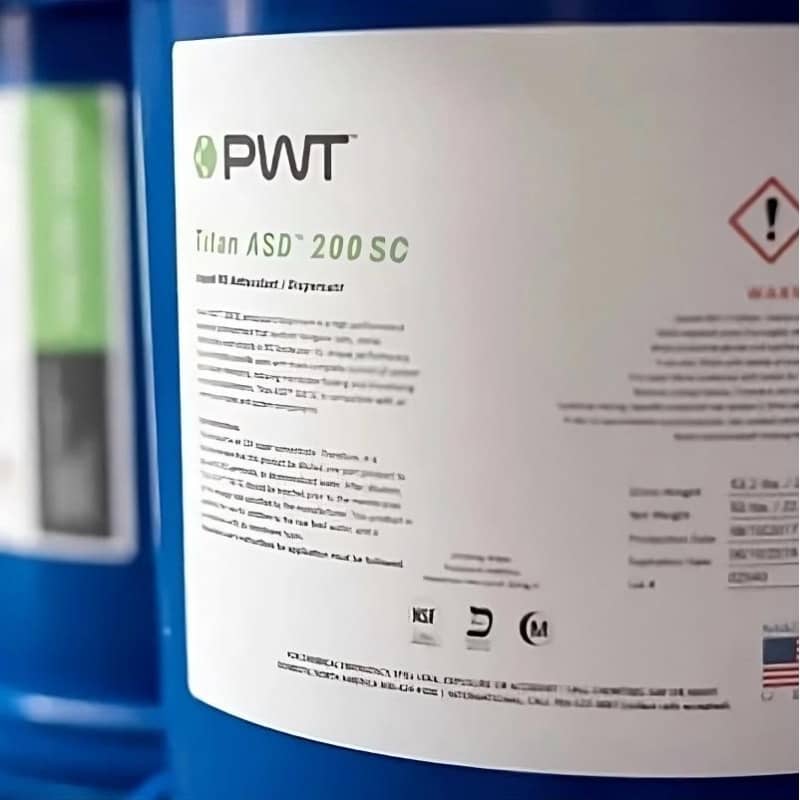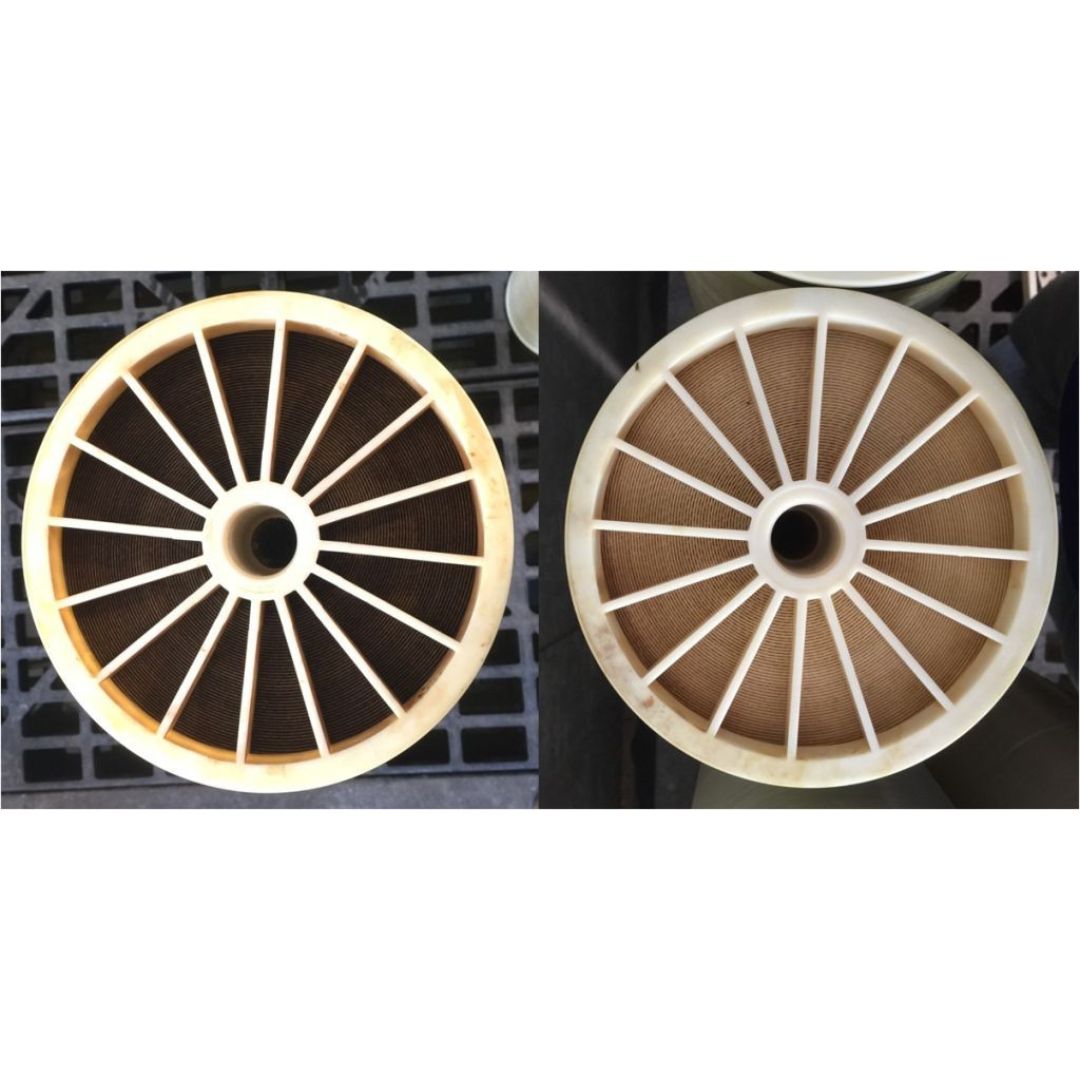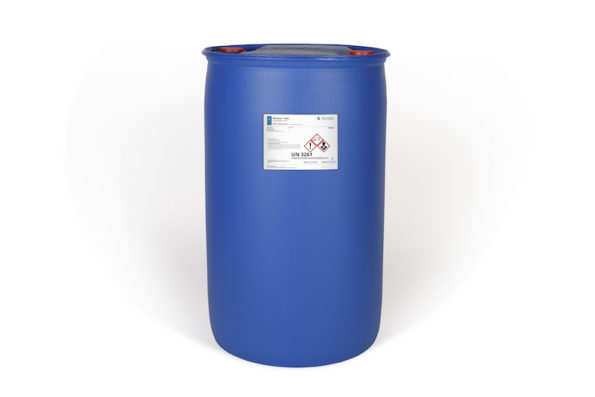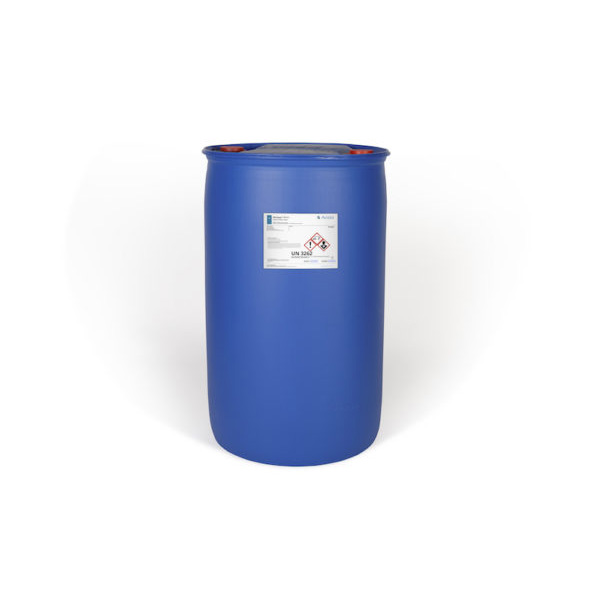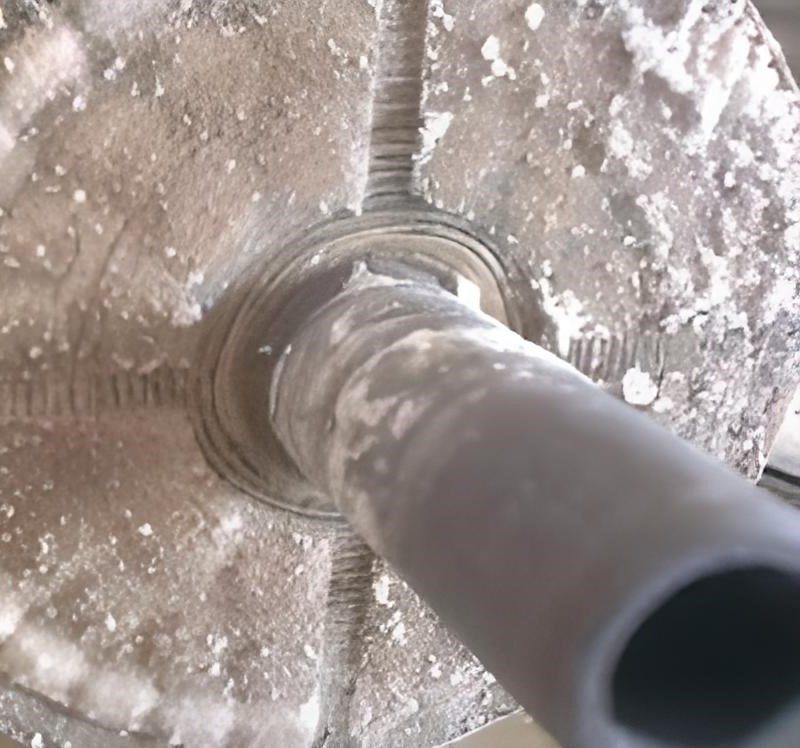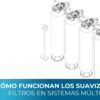What is asbestos?
Asbestos is a general name for double-chain fibrous silicate minerals containing iron, magnesium, calcium or sodium. These can be divided into two main groups, known as serpentine (e.g. chrysotile) and amphibole (e.g. amosite, crocidolite and tremolite). Chrysotile is easily degraded by strong acids, while amphiboles are more resistant.
The various forms are generally resistant to alkalis. The chemical nature and crystalline structure give it a number of characteristics, including high tensile strength, durability, flexibility and resistance to heat and chemicals.
Asbestos refers to six unique minerals: chrysotile, amosite, crocidolite, anthophyllite, tremolite and actinolite, which belong to the serpentine and amphibole families.
Asbestos applications.
Asbestos, and specifically chrysotile, is used in a large number of applications, particularly in construction materials. For example asbestos cement (AC) sheets and pipes, electrical and thermal insulation and friction products such as brake linings and clutch discs.
Asbestos in drinking water.
Asbestos gets into water through the dissolution of the minerals we have already mentioned, as well as from industrial effluents, atmospheric pollution, pipes in water distribution systems and tanks made of this material. The detachment of asbestos fibers from the pipes is related to the composition of the water that can dissolve these minerals or simply the physical entrainment.
Although asbestos pipes are used in approximately 19% of the water distribution systems still in use today, erosion of such pipes appears to be a significant contributor to the asbestos content of drinking water supplies.
Main ways in which asbestos gets into the water:
There are 3 main ways in which asbestos can come into contact with water. These same risk factors can apply to other types of mineral contamination.
Corrosion in suitable pipelines:
There are asbestos cement pipes that have been used since ancient times and are still in use today. Being very old pipes it is normal that there is a great wear and corrosion, the negative side is that these structures without maintenance can pose health threats. These structures can break down over time and can compromise water supply and water quality.
Natural deposits:
Floods, earthquakes or natural disasters can disrupt asbestos deposits. Asbestos fibers from natural sources are easily transported by wind, floods or storm water.
Asbestos debris:
Demolitions can release asbestos fibers. Asbestos fibers can travel and enter our streams, rivers, lakes and wetlands, causing water contamination and public health problems.
Health problems.
The health risks associated with the inhalation of asbestos in the environment, especially at the occupational level, have long been recognized and include asbestosis, lung carcinoma, malignant pleural mesothelioma and peritoneum, and possibly cancers of the gastrointestinal tract and larynx. On the contrary, according to WHO it mentions that little convincing evidence has been found for the carcinogenicity of ingested asbestos. This was done in epidemiological studies of populations supplied with drinking water containing high concentrations of it. In addition, the ability of asbestos fibers ingested in drinking water to migrate through the walls of the gastrointestinal tract in sufficient quantities to cause local or systemic adverse effects has not been relevant.
In population studies, no consistent evidence was found of an association between mortality or cancer incidence and asbestos ingestion in drinking water.
What are the methods of analysis?
The method of choice for quantitative determination of asbestos in ambient air and water is transmission electron microscopy (TEM) with identification by energy dispersive X-ray analysis and selected area electron diffraction (TEM / SAED).
Treatment methods for asbestos in water.
1) Flocculation / Filtration
2) Submicron filtration
3) Reverse osmosis
4) Ultrafiltration
Source:
Share:
If you need more information, please contact us.
Some products that may interest you
-
RoClean L211 cleaning of membranes with organic matter fouling
Add to quote -
RoQuest 3000 Organic Liquid Coagulant from Avista
Add to quote -
Titan Antifouling for Reverse Osmosis Membranes
Select options -
RoClean P112 Membrane Cleaner for Silica SiO2
Add to quote -
RoClean P303 Calcium Carbonate & Metal Scale Cleaner
Add to quote -
RoClean P111 Biofouling RO Membrane Cleaner
Add to quote -
RoClean L403 Calcium Carbonate and Metal Scale Cleaner by Avista
Add to quote -
RoQuest 4000 Liquid Coagulant for Organic Matter Avista
Add to quote

